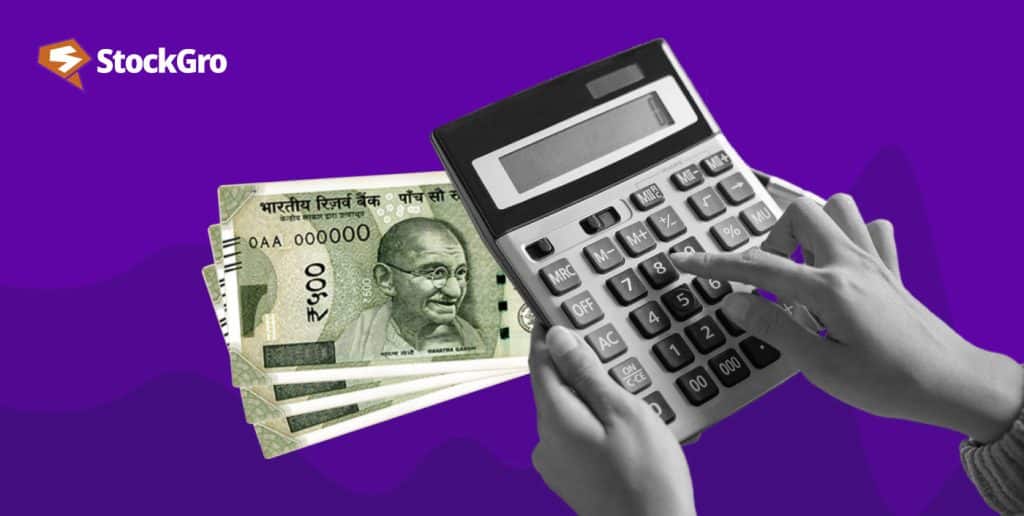
In this article, we’re going to explore what Section 194K of the Income Tax Act says, which types of mutual funds this provision is applicable to, and whether you can find any exemptions to save yourself from upfront tax deductions of this nature.
Understanding Section 194K
This section of the Income Tax Act, 1961, deals with TDS deductions for individuals who have incomes coming from units of specified mutual funds.
Resident taxpayers of India will be subject to an automatic deduction of TDS taxes on certain income payments made to other residents. This specific income, under this section, is applicable to money earned from units of a mutual fund which is specified under Section 10(23D) of the Income Tax Act and units of the Unit Trust of India (UTI).
This deduction will happen at a fixed rate of 10%, and the investor will receive dividend income after this deduction has been made at the source.
Different types of incomes from mutual funds and their tax treatments
There are two ways in which your investments in mutual funds pay you off:
- Capital gains: When you give money to a mutual fund, the manager of the fund goes out and buys the specific stocks and securities that are laid out in the mandate of the fund. While you do not own these stocks directly, you do own them indirectly by owning units of the fund. As the underlying stocks appreciate, so does the fund and the value of your units. This is called capital gains, and they’re taxed with capital gains taxes in India.
CTA: Capital gains tax overview types and current rates - Dividend income: When these underlying companies pay out dividends to their shareholders, you get a part of those dividends too. These dividends are paid on behalf of investors by fund houses. According to this new section, Section 194K, the dividend gains will be taxed at 10% TDS when dividends are in excess of ₹5,000 in a financial year.
Where is Section 194K applied?
This section is applicable to tax deduction on dividend income received from:
- Mutual fund units as defined in section 10 (23D)
- Units from the specified undertaking’s administrator
- Units from the specified enterprise.
The deduction, also, must be made either when the money is credited to the payee’s account or when it is paid by any method, whichever comes first.
Exemptions
These taxes are applied only when this dividend income exceeds ₹5,000 in a financial year. If your dividends don’t exceed that amount, you are not liable to pay any taxes on these dividend payouts. However, capital gains will still be applicable if you realise a profit on the sale of these units themselves.
CTA: What is residual dividend policy?
Why was this Section applied?
Before the introduction of Section 194K, dividends were taxed twice. These taxes were applied first when the firm paid a dividend to an asset management company (or a fund house), and again when these dividends were distributed to unit holders (investors like you).
By collecting this tax at source, Section 194K also helps ensure a more efficient tax collection system and reduces the scope for evasion.
What happens if I receive a dividend less than ₹5,000 but my total income across different schemes exceeds ₹5,000?
In this scenario, TDS wouldn’t be deducted on the individual Rs. 5,000 dividend, but you might still be liable for TDS on the total income if it surpasses Rs. 5,000 for the year. It’s the mutual fund’s responsibility to track your cumulative income and deduct TDS when the threshold is reached.
Can I claim a deduction for TDS under Section 194K if I file my income tax return under a different head?
Yes, you can still claim credit for the TDS deducted under Section 194K irrespective of the head under which you file your income tax return. The TDS certificate (Form 16A or the details reflected in Form 26AS) will serve as proof for claiming the credit.
What happens if the mutual fund deducts TDS at a higher rate than 10%?
If a mistake occurs, and the mutual fund deducts TDS at a higher rate, you can approach them for a rectification. You might need to submit a rectification request form along with relevant documents like your PAN card copy.
I have investments in several mutual fund schemes. How do I track my total dividend income for TDS purposes?
It’s crucial to monitor your cumulative dividend income across all your mutual fund schemes and branches throughout the financial year. Many online investment platforms or your mutual fund account statements might provide a consolidated view of your dividend income that will help you track everything at once.
I generally reinvest my dividends (DRIP). How does TDS affect me?
The current regulations on TDS treatment of DRIPs under Section 194K aren’t entirely clear. While TDS typically applies to the gross dividend amount before reinvestment, we advise you to consult a tax advisor for such nuances.

